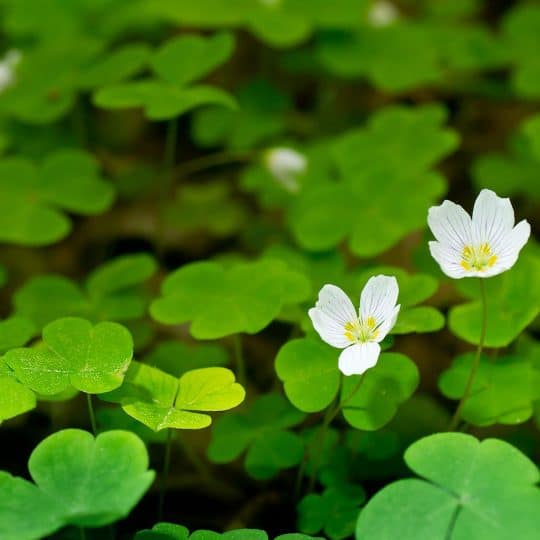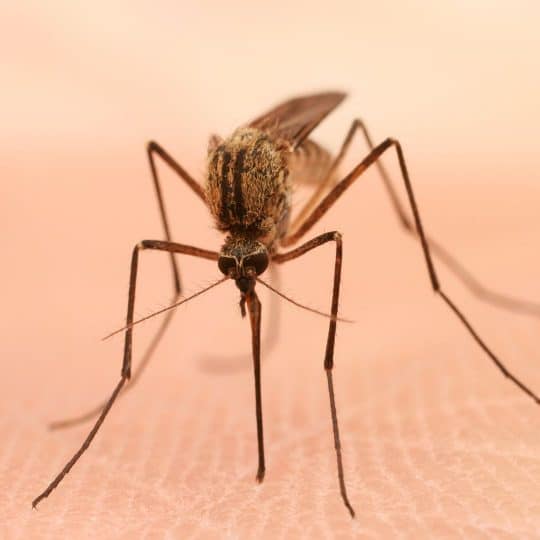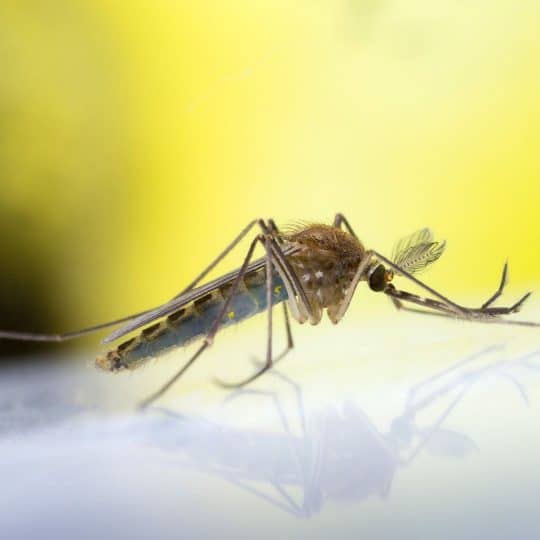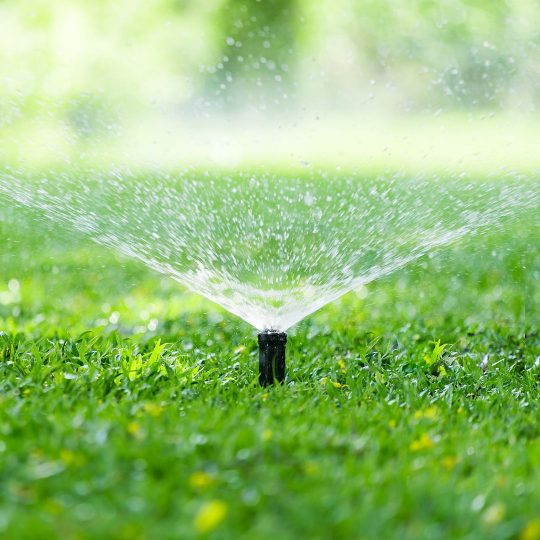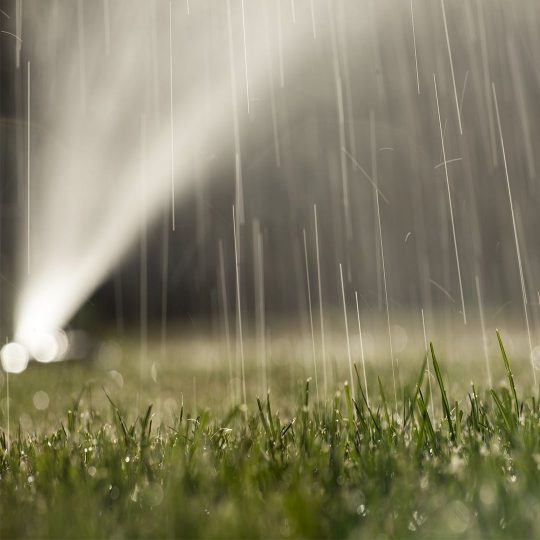It covers the ground like miniature clover with little yellow flowers. It's a persistent plant that can be very difficult to treat. It's oxalis, and here's how to try to control it. Read more
Learning Center
Mosquito control can come in many forms, from what you wear to how you keep your home. Keeping mosquitoes away can not only help you enjoy a season without bug bites, but it can also help protect you from contracting the diseases mosquitoes carry. Read more
Here are some ways you can worry less about mosquitoes and the West Nile virus, and spend more time enjoying your summer. Read more
Knowing how much to water your lawn to keep it sufficiently quenched will depend on a variety of factors. Read more
Knowing when to water your lawn is just as important as providing the water it may desperately need. Read more
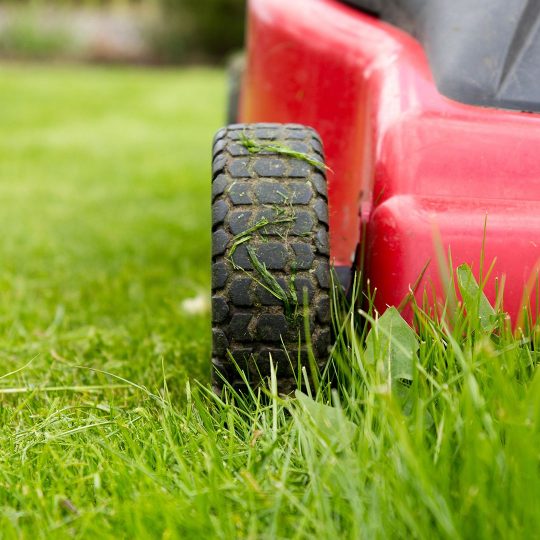
Lawn Care: How to Determine Proper Lawn Cutting Height
Factoring in Grass Type, Season & Growing Conditions
There are several factors to consider when trying to determine the right cutting height of your grass: type, season, and conditions. By following these guidelines, you could enjoy a healthier, low-maintenance, drought-tolerant lawn. Read more
